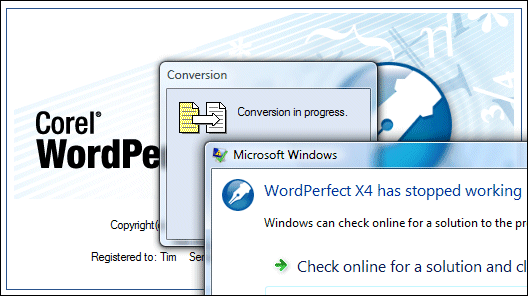I was surprised to read that Stuart McKee, Microsoft’s US National Technology Officer, declared that “ODF has clearly won” at a Red Hat summit in Boston.
Open Document Format is an XML standard for office documents. Microsoft has its own XML format, called [Office] Open XML, and fought a bitter fight to get it standardised through ISO.
What’s a National Technology Officer? The role seems to involve promoting Microsoft products to government organizations. It is in the public sector that pressure towards standards adoption has been most intense. Presumably McKee is constantly having to defend Microsoft’s position. In May Microsoft announced that it will support ODF natively in Office, and will join OASIS to work on the standard.
Can Microsoft successfully promote its own OOXML standard, while simultaneously playing nicely with OASIS and ODF? The messaging, as PR people say, is tricky. Microsoft has told us that ODF cannot capture all Office documents with true fidelity, and that OOXML is more complete and better tuned for high performance. Can it now say convincingly that Office will be a great ODF editor? And if it can, surely Microsoft is undermining its own arguments for why OOXML was necessary in the first place.
Although Microsoft is fighting to maintain market share in the public sector by introducing ODF support, it still has a problem. ODF is closely associated with Open Office, and Microsoft Office is likely to lag its rival in this respect.
The real value of XML documents comes when you start manipulating them programmatically and on the server; I would have thought it would be difficult for Microsoft to make products like future versions of SharePoint work equally well with both formats. IBM’s server products will use ODF, which I presume is why the company fought brutally to oppose the standardization of OOXML.
In other words, a lot of future business hangs on this ODF vs OOXML argument. It is remarkable that a senior Microsoft person has said publicly, albeit in a small session at an open source conference, that “ODF has clearly won.”
Businesses and developers planning their future document management strategy can reasonably ask: is Microsoft still committed to OOXML? Does the format have a future?
I asked the company for comment and clarification, but as yet none has been forthcoming.




